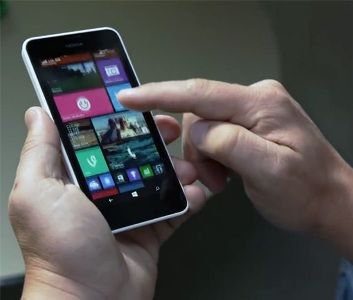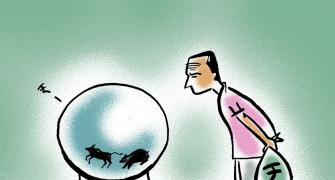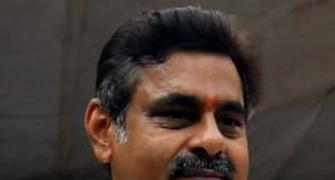 Researchers have developed a device that can turn any smartphone into a DNA-scanning fluorescent microscope to diagnose various types of cancers and nervous system disorders, such as Alzheimer's.
Researchers have developed a device that can turn any smartphone into a DNA-scanning fluorescent microscope to diagnose various types of cancers and nervous system disorders, such as Alzheimer's.
"A single DNA molecule, once stretched, is about two nanometres in width," said Aydogan Ozcan, from the University of California, Los Angeles.
"For perspective, that makes DNA about 50,000 times thinner than a human hair. Currently, imaging single DNA molecules requires bulky, expensive optical microscopy tools, which are mostly confined to advanced laboratory settings.
“In comparison, the components for my device are significantly less expensive," Ozcan said.
Ozcan's smartphone attachment is an external lens, thin-film interference filter, miniature dovetail stage mount for making fine alignments, and a laser diode, all enclosed in a small, 3D-printed case and integrated to act just like a fluorescence microscope.
Although other smartphone-turned-microscopes can image larger scale objects such as cells, Ozcan's group's latest mobile phone optical attachment is the first to image and size the slim strand of a single DNA molecule.
The device is intended for use in remote laboratory settings to diagnose various types of cancers and nervous system disorders, such as Alzheimer's, as well as detect drug resistance in infectious diseases.
To use the camera it is necessary to first isolate and label the desired DNA with fluorescent tags.
Ozcan said such laboratory procedures are possible even in remote locations and resource-limited settings.
To scan the DNA, the group developed a computational interface and Windows smart application running on the same smartphone.
The scanned information is then sent to a remote server in Ozcan's laboratory, which measures the length of the DNA molecules.
Assuming you have a reliable data connection, the entire data processing takes less than 10 seconds.
In their lab, Ozcan's group tested the device's accuracy by imaging fluorescently labelled and stretched DNA segments.
It reliably sized DNA segments of 10,000 base pairs or longer.
A base pair is the basic structural unit of DNA.
Many important genes fall in this size range, including a bacterial gene notorious for giving Staphylococcus aureus and other bacteria antibiotic resistance that is about 14,000 base pairs long.
The smartphone microscope demonstrated a significant drop in accuracy for 5,000 base-pair or shorter segments, however, due to the reduced detection signal-to-noise ratio and contrast for such short fragments.
The problem could easily be remedied by replacing the device's current lens with one of a higher numerical aperture, Ozcan said.
Ozcan's group next plans to test their device in the field to detect the presence of malaria-related drug resistance.
Image: Nokia Lumia 635; Photograph: Courtesy, Nokia. The image is used for representational purpose only







